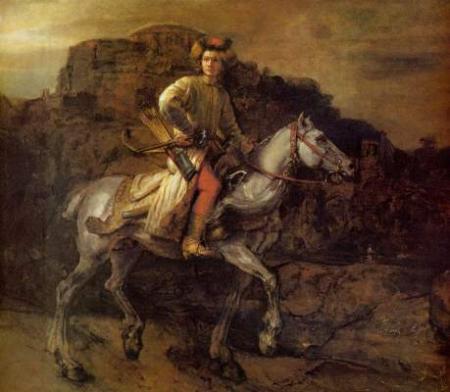Because I live in a world where on-line shopping is impossible, I haven’t used the web for that kind of thing in a while. That’s probably why I just barely found out about like.com in this Dec 27th WWD article:
Like.com, whose technology allows shoppers to find shoes and accessories using celebrity photos as the basis for search, expanded into apparel on Saturday. Unlike text-based search, where shoppers type words to describe what they are looking for, image search is based on visual properties of an item such as color, texture and shape. . . Like.com did not feature apparel . . . because the variety of ways that clothing is photographed . . . adds complexity to the task of calculating a visual signature for each item . . . Although shoes and watches are photographed in a more consistent manner, making for a simpler calculation, the visual signature for those items still contains some 10,000 data points.
I’ve got the solution for them. Pigeons. And wouldn’t you know, pigeons are also the connecting link between that brief WWD article and your daily installment of Impart Art.
Pigeons "have been shown, by Richard Herrnstein and his associates at Harvard, to be able to categorize pictures by subject, and hence to appreciate the differences between pictures of X and pictures of something else. The basic procedure was simple: the pigeons were trained on a set of slides to pick out the pictures of trees, or bodies of water, or of a specific individual, pecking one disk or the other depending upon pictorial content, and getting rewarded for being right. Once the suite of images was learned, the pigeons were shown novel instances, which they were able to classify with about the same success humans might have. . . .”
That was taken from Arthur Danto’s Beyond the Brillo Box, pg 24. And it is an interesting idea. I would not be surprised if pigeons are many factors better at this kind of work than our most advanced technologies. Pigeons could do that kind of relationship-linking and no one would have to code it. Danto described and then imagined some other advanced uses for the pigeons a few pages later:
 “No one that I know of has as yet trained pigeons to discriminate by style, thought here are fascinating indications that pigeons are easily up to this task. . . . Debra Porter and Allen Neuringer, of Reed College trained pigeons to discriminate between selections from Bach and from Stravinsky. That achieved, they had to decide which of five other composers sounded Stravinsky-like and which Bach-like. Without error, they classed Buxtehude and Scarlatti as Bach-like, Walter Piston and Eliot Carter as Stravinsky-like. They classed Vivaldi however, as Stravinsky-like, leaving it up to us to decide whether they were in error or instructing us in how to think about and listen to Vivaldi. My own feeling at the moment is that I would trust a pigeon more than your standard member of the Rembrandt project on questions of reattribution. I wager The Polish Rider(pictured above) will be returned to the Rembrandt canon if my pigeon colleagues are consulted."
“No one that I know of has as yet trained pigeons to discriminate by style, thought here are fascinating indications that pigeons are easily up to this task. . . . Debra Porter and Allen Neuringer, of Reed College trained pigeons to discriminate between selections from Bach and from Stravinsky. That achieved, they had to decide which of five other composers sounded Stravinsky-like and which Bach-like. Without error, they classed Buxtehude and Scarlatti as Bach-like, Walter Piston and Eliot Carter as Stravinsky-like. They classed Vivaldi however, as Stravinsky-like, leaving it up to us to decide whether they were in error or instructing us in how to think about and listen to Vivaldi. My own feeling at the moment is that I would trust a pigeon more than your standard member of the Rembrandt project on questions of reattribution. I wager The Polish Rider(pictured above) will be returned to the Rembrandt canon if my pigeon colleagues are consulted."Brillo Box, pgs 28-29.
Ok, so I'm totally sock-knocked-off impressed with pigeons and their remarkable skills and all that, but I'm not sure I trust them to listen to human-made classical music better than humans do. And though the Rembrandt Project has been troublesome in many regards, Danto's insult to their work raises some interesting questions about painting, painters, and viewers. Can a painter eventually be reduced to little more than his style of rendering? What of composition, of subject matter, of materials, of anything, really? Will a computer eventually be able to answer all these unanswered questions, or are pigeons our best hope?
I think they might be for like.com, but I don't know about the rest of it.

1 comment:
Pigeons? Hmmmmmm. Definitely a more reliable judge than I could provide and better than the politics of art but better overall?
Post a Comment